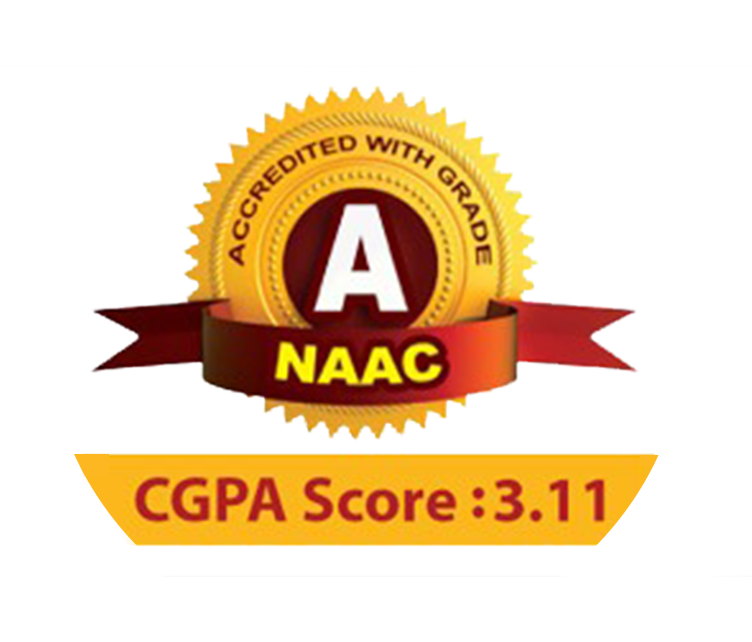

Man has tried to combat against death and acquire fables of gold ever since he was created by god or evolved as a distinct controlling species. Neither great seers nor the inquisitive lot succeeded in the aforementioned venture. However such efforts taken by the researchers have evolved into a distinct stream of knowledge called science. Physicians and other research scholars kept knowledge of science and medicine as a secret. In order to harness such a hard-earned knowledge for benefit of the kingdom, special titles were conferred during the medieval period.
Term patent is one such conferred title derived from a Latin word “LITTERAE PATENTEES” meaning ‘open letters’ or ‘an open documents’. A Patent may be defined as an exclusive monopoly right granted by the government for new invention to inventor for his disclosed invention for a limited period of time. The exclusive monopoly right is valid only within the territorial limits of country of grant for a limited span of time. In other words, patent is an
Whether or not an invention is patentable is a legal determination made by a Patent Examiner at the Patent and Trademark Office. In some countries, all inventions can be patented. Other countries have restrictive definitions of patentable ” subject matter”.
The term “subject matter” refers to what can be patented. An invention can be patented only when:
Inventions that cannot be Patented:
The protection under the Patents Act depends upon the detailed disclosure of the invention as the subject of its protection. The complete specification is an essential document in the procedure of patent application with drawing required to be attached according to the necessity. Complete specification shall fully describe the invention with:
The specification must start with a title, which is short, and, which describes the general nature of invention. The title should not contain anyone’s name, a fancy name and trade name or personal name or any abbreviation. The disclosure of the invention sets forth in broad terms what the inventor considers to be the invention and what advantages are gained by the invention. Since it must be written broadly, it typically does not include all the intricate details of the invention’s operation. In fact, in most cases, it merely paraphrases the broadest claim.
The brief description of the drawings merely identifies the view shown in each figure. They are shown separately and accessed through separate link mechanism.
The drawings are provided to aid in understanding the invention. These drawings do not aid understanding for non-technical people; however, all inventions will have a drawing of some sort. Graphs and tables may also be included in this section.
The claims circumscribe the legal bounds of the invention and are generally written using specialized terms. Novelty of such inventions is well established. The claims describe the essential elements of an invention. In order to determine whether or not a product comes within the scope of a patent, one compares the product with each element of the claim; if the product is described by all the elements of the claim, then the product will come within the scope of that claim. Portion of invention not supported by claims becomes open to public. False and irrelevant claims disqualify the patent.
A claim is a single sentence composed of three parts :
Dr. Amol Potagantwar
Dean IPR & HOD CSE SITRC, Nashik
Email: amol.potgantwar@sitrc.org
Mo.No: 9545453208